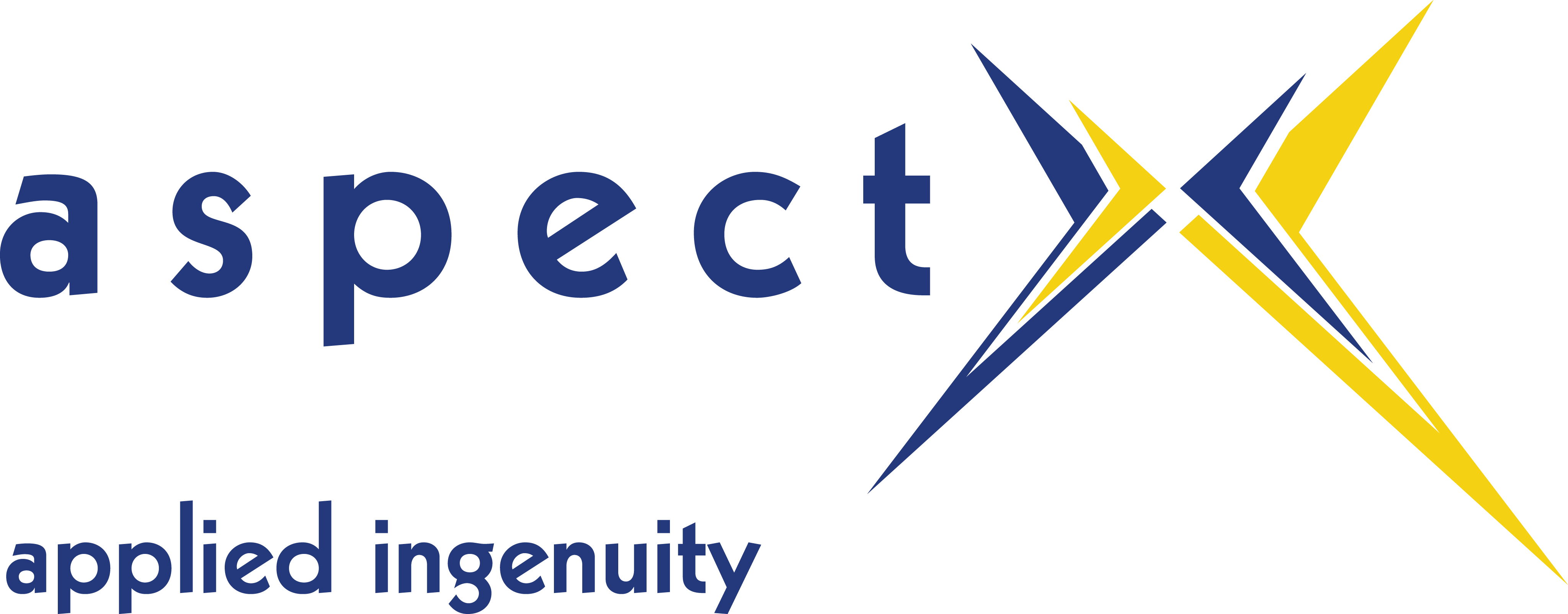As the commercial real estate market moves slowly toward recovery in some cities, so does the interest in software-as-a-service that allows for fast tracking of its management, sale, and financial overseeing. Not surprising, the marketplace has a broad spectrum of products, headed for consolidation, that try to fill this gap for property managers, brokers, real estate managers, real estate investors, and rental agents.
Examples of attempts at large-scale integration inside the software world for real estate abound. In October of this year, CoStar Group, (Nasdaq: CSGP), acquired Atlanta-Based Virtual Premise, Inc., a leading SaaS provider of lease management tools, for example, to broaden its offerings. The company’s lease administration module allows clients to manage and monitor lease expirations, rental payments, renewal options and transactions and projects.
IBM got into the act with Tririga’s software that helps clients make strategic planning decisions regarding space usage, evaluate alternative real estate initiatives, generate higher returns from capital projects, and assess environmental impact investments. IBM reported in 2011 that property and real estate typically represents the second-largest expense on a company’s income statement, after employee compensation.
But, with all these tools, the bottom line is most companies have at least three or four software tools trying to give them the “big” picture. Implementation can be difficult for many internal IT teams, because the word of the day is customization. IT administrators at large real estate companies have embraced this type of approach globally, as is evidenced by the 40-year-old Cleveland-Ohio’s MRI Property Management software with corporate applications that adapt to existing business processes, driven by a robust accounting engine and an industry-leading set of real estate features and functionality. The company just announced this month, expansion into Australian and New Zealand marketplaces. Louisville-KY-based Ucloser, a two-year old SAAS company serving the broker and investor marketplace, amongst others, has observed that consulting in the space is as prominent as IT solutions. “We thought we could standardize and simplify software tools for real estate investors, but each person in the equation needs something different,’ said CEO John Williamson, of Louisville-Ky.-based Ucloser. The answer? His firm created a “do-it-yourself” SAAS version at $99 to $1000/month, depending on functionality, that allows ease-of-use down to the IT administrator level to structure the software from the get-go, the way the internal team wants it.
“Any transaction process is inherently messy and we found out a year ago that unless we want to be in the consulting business full-time, we can’t design software solutions to solve process issues. So, we gave up on a pre-configured approach. We know provide tools and a platform for the customers,” he added. By the way, this is not an API approach, he pointed out. Real estate brokers, title escrow teams, mortgage companies, and real estate investors now user Ucloser because it becomes their system for the multi-vendor transactional process. “BaseCamp is being used by many real estate brokers, but it is too basic,” he said. Ucloser is like having BaseCamp, Google documents, Facebook, and a customer relationship management tool all in one.
The system allows for key fields like buyer, listing, short sale tracking, relocations, REO, and commercial transactions, with calculations and reporting in real-time in a dashboard-like setting. MLS integration is coming, but IT admins do not like the whole MLS system inside the financial systems, so Williamson says his company is just integrating the imaging and faxing of key sections that are desired. “Our clients like that everything is exportable to CVS in a pinch,” he added. “Our motto is we don’t know what you need, so we aren’t defining it. ”
This approach is what the real estate broker needs, says Jonathan Mand, president of Lenihan/Sotheby’s in Kentucky. “With a team of full-time agents, we work through high volume, high-touch transactions, and we’ve got to keep the broker in the loop as well as the title company, the mortgage company, and sometimes the client. This is a good tracking approach for back office, as well as it can give limited access to others involved. And, we like its simple interface with access to MLS just about complete through an API.”
While IT administrators at large companies that have already made the investment in monolithic systems must forge ahead with extensive consulting contracts in tow, or pay for multiple systems with internal integration expenditures, a customizable system in a SAAS model may be the right answer for 2012 tracking and analysis. The happy broker is using the cloud to manage in real time his transactions on hundreds of play-by-play changes.
